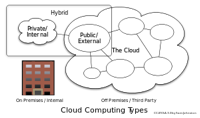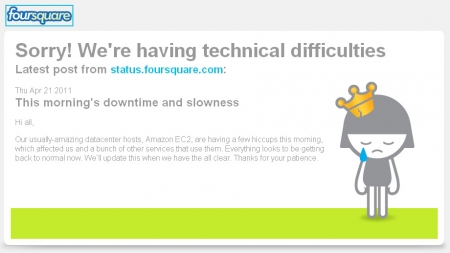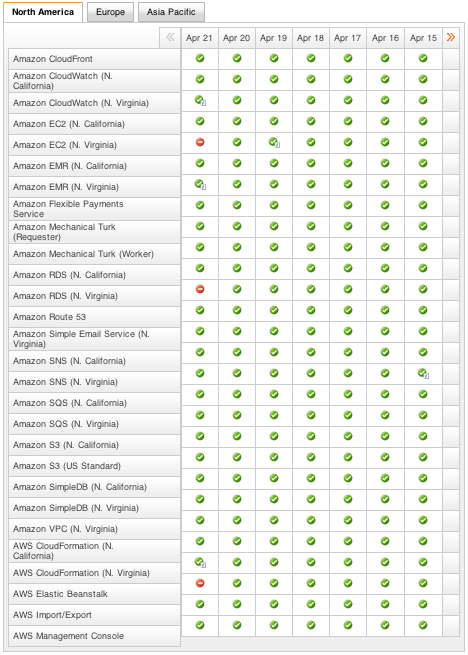 My cyberspace friend André Koot recently translated his provocative blog post, entitled “Continuity as a Service,” from Dutch to English. If you are interested in cloud computing, I highly recommend that you take time to read the article.
My cyberspace friend André Koot recently translated his provocative blog post, entitled “Continuity as a Service,” from Dutch to English. If you are interested in cloud computing, I highly recommend that you take time to read the article.
I like André’s comment about cloud computing in general:
The cloud reminds me of that old Blob, the science fiction movie, cloud is becoming so pervasive that it seems to take control of everything. And just admit it, we find that exciting, scary and fun at the same time. But if everything disappears in the fog, how do we know that business is as usual?
We all know that cloud computing has new risks and challenges. But one risk that is often overlooked is business continuity:
Most risks are well known. Using standard operating procedures, access control and audits we can identify and mitigate problems relatively easy. And already there is a lot of information about security in the cloud. But one area of risk is not yet completely clear, the risks of business continuity.
Although new legal relationships are essential, they certainly don’t solve everything.
But the core of the AAS problem is that contract partners are not always the parties who offers the actual service. You can try to mitigate risks in contracts, but the fact of the matter is that you want to move to the cloud, because of the positive price / performance ratio of multi-tenancy and the (re) use of standard applications. Long term subcontractor relations in the real world don’t exits in the Cloud. If one platform provider is too expensive, our service provider just moves to another. This means that we are victims of the arbitrariness of our providers.
André goes on to explore several situations that should be carefully considered:
- What happens if the SAAS provider goes away?
- Is “Cloud Escrow as a Service” a valid concept?
- What happens if the PAAS provider underneath the SAAS provider goes away?
- What measures should you take now so you can endure a cloud failure?
André’s parting comments are certain timely:
The uncertainty surrounding continuity is high at this moment. The question is whether for business-critical applications sensible solutions in the cloud exist today. An assessment around the continuity and security risks and safeguards in place seems to be appropriate.
Amazon’s recent challenges certainly focused our collective attention on this important subject. In order for the challenges related to business continuity in cloud computing to be solved, there is much work to be done.
By the way, I thought the photo of a life preserver in the clouds was very appropriate for this post. It came from a blog post about business continuity by Maurice Saluan, VP-Channel Management for Zenith Infotech, a company heavily involved in cloud computing and business continuity.







 My cyberspace friend
My cyberspace friend  Besides the punny article title, Computerworld’s Lucas Mearian offered a provocative opening line in his article, “
Besides the punny article title, Computerworld’s Lucas Mearian offered a provocative opening line in his article, “ As failures in Amazon’s Cloud Services (reported by
As failures in Amazon’s Cloud Services (reported by 
